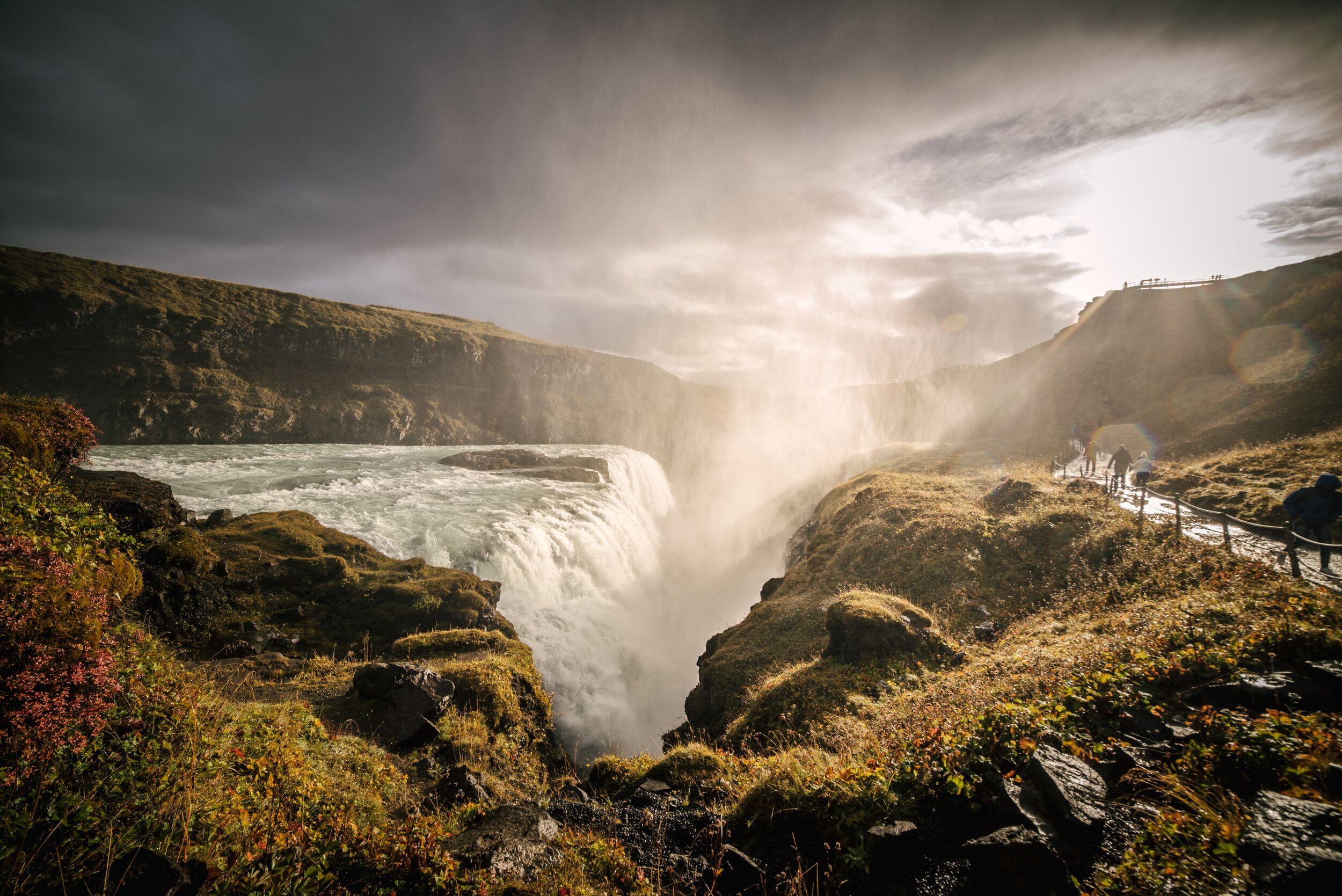Gullfoss Waterfall - The Crown Jewel of Iceland's Golden Circle
Did you know that Gullfoss is actually two connected falls that step down rather than a single, continuous cascade of water? The upper section of the falls comprises an 11-metre drop; the water then plunges a further 20 metres into a narrow chasm to reach the valley floor below.
In total, therefore, the waterfall is 31 metres high. In places, the canyon walls that flank the waterfall tower 70 metres high. Yet, impressive though it is, this is by no means the tallest waterfall in Iceland.
What makes Gullfoss a magnet for visitors, however, is the staggering volume of water that spills over the rock. According to the Environment Agency of Iceland, the average water flow in Gullfoss is 109 cubic metres per second. In summer, the waterfall is even larger; it’s not uncommon for that figure to increase to around 130 cubic metres. Occasionally, floodwaters swell the river’s discharge. One time, a jaw-dropping 2000 cubic metres per second was recorded.
The water comes from Langjökull, Iceland’s second-largest glacier; the name translates as “long glacier.” Meltwater feeds the Hvitá River, whose name, “white river”, is a clue to the turbulent nature of the water as it tumbles along the channel. Many tributary streams feed into the river as it travels along, adding to the amount of water and making it such a powerful waterfall.
Gullfoss waterfall: its formation and geological significance
Unsurprisingly, people are keen to understand how a waterfall as impressive as this came into existence in the first place. Like all waterfalls, its story has to do with layers of rock that are no match for the erosive power of a river current. The formation of Gullfoss can be traced back thousands of years, and broadly speaking, there are two main theories as to how it came about.
The first explanation would have been the most spectacular. Long before people settled in Iceland, some say that a massive glacial outburst flood that originated in nearby Langjökull had a catastrophic impact on the landscape. The force of this water carved out the canyon you see today. However, scientists believe that a more gradual process of erosion was probably more likely – if a little less dramatic.
Whichever theory is correct, the result is the waterfall and gorge you see today. After the end of the last Ice Age, sedimentary rocks, including mudstone and gravel, were deposited across the area as glacial meltwater swept across the landscape. In places, this later is almost ten metres thick. It covers much harder rock, a basaltic lava called dolerite.
Most of these deposits are closely bonded together. However, the gravel is loose, and as the water flows down the Hvitá River, it dislodges the material and carries it downstream through the Gullfossgjúfur canyon. Over the centuries, this has caused the sedimentary rock to be eroded backward, leaving a steep-sided, narrow gorge downstream of the waterfalls themselves.
Even in the depths of winter, nature's power and beauty remain unyielding and timeless.
Gullfoss’ importance to Icelandic culture and nature
Iceland is a champion of renewable energy, but sometimes, the downsides to creating such sustainable sources of power outweigh the potential advantages.
Early in the 20th century, that was the case at Gullfoss. Due to the considerable volume of water pouring over the falls, investors earmarked the location as suitable for the production of hydroelectricity. They petitioned Tómas Tómasson, the farmer on whose land Gullfoss sat, offering to purchase it. Though Tómasson wasn’t tempted to sell, he did agree to lease the land for a time.
Around the same time, Tómasson’s daughter Sigríður Tómasdóttir used to lead visitors to see the waterfall; she most likely built the first trail. She was concerned about the damaging effect that a power plant could have on the environment and campaigned to cancel the agreement.
In fighting for this cause, she shone a spotlight on Gullfoss, alerting others elsewhere in Iceland to the importance of preserving the natural landscape. Fortunately for today’s visitors, the HEP project turned out to be economically unviable, and after some missed rent payments, the contract was torn up. In time, the land was sold to the Icelandic government.
In 1979, Gullfoss and the land around it was designated a nature reserve and has been protected ever since.
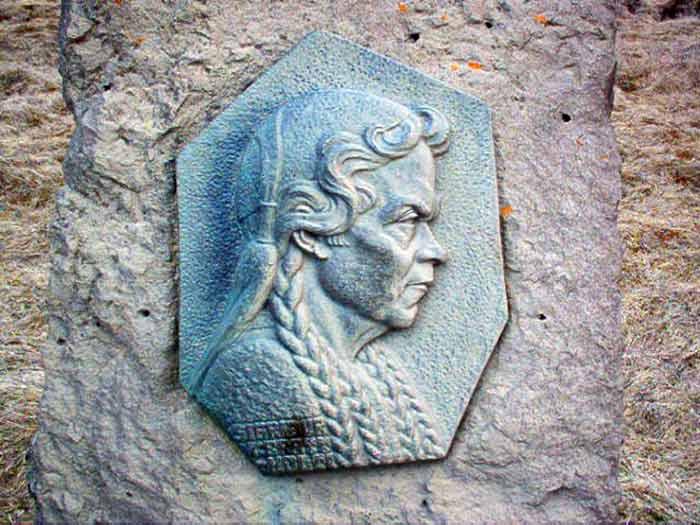
Sigríður Tómasdóttir battled for decades to protect Gullfoss. After many trips of over 100km on foot to Reykjavik, the lease was ended in 1929, and Gullfoss was given back to the Icelandic people. Sigríður is considered Iceland’s first environmentalist.
Practical advice to help you plan your visit to Gullfoss
Gullfoss is a year-round destination, so in some respects, there’s no best – or worst – time to visit. Each season has its advantages, so it comes down to personal preference.
In summer, the falls are at their largest, as rising temperatures increase the level of meltwater upstream at Langjökull Glacier. The surrounding countryside is lush and green. You’ll also have the best chance of fine weather. On a sunny day, you’ll see a rainbow shimmering in the plume of mist that rises from the waterfall.
Fewer visitors make it to Gullfoss during spring and autumn, but if your visit to Gullfoss coincides with good weather you’ll wonder why there aren’t more people at this scenic spot. In autumn, the vegetation surrounding the waterfall turns an orange-brown colour which is particularly attractive when dusted with the first sprinkling of snow.
The falls may partially freeze in winter if the weather is cold enough. When it is especially slippery, part of the trail will be closed, limiting access to some viewpoints. Nevertheless, the place is breathtakingly beautiful when the surrounding valley is covered in snow, and even more so after dark, if the Northern Lights make an appearance.
As with any waterfall, wind can blow the spray onto nearby paths and viewing platforms. When the temperatures plummet, this water freezes and can build up into a thick layer of ice. You will also find that at certain times of the year, the upper part of the walkway alongside the top of the falls is cordoned off for safety reasons.
Safety considerations in winter: If you plan to visit in winter, you may wish to pull crampons over the soles of your hiking boots to give you a better grip on the slippery surface.
Viewing points beside the falls
You’ll get your first glimpse of Gullfoss close to the car park. There’s A viewpoint that overlooks the waterfall and gives you the opportunity to take in the broader setting. From here, you’ll appreciate the scale of Gullfoss and also how a waterfall such as this changes the landscape.
Well-maintained paths guide you to various viewpoints, offering different perspectives of the waterfall. Whether you choose to admire Gullfoss from a safe distance or venture closer to the edge, it's important to be mindful of your surroundings. If you're carrying photography equipment, ensure it's protected from potential water damage and keep a lens-cleaning cloth handy.
A gravel trail hugs the hill's side to reach the falls' upper part. At the furthest point, you’ll be hiking over the faulted rock and have a close-up look. The edge is fenced off but you’ll still need to exercise caution as the rocks can be slippery with all that spray. In winter, this part of the falls can be off-limits for safety reasons.
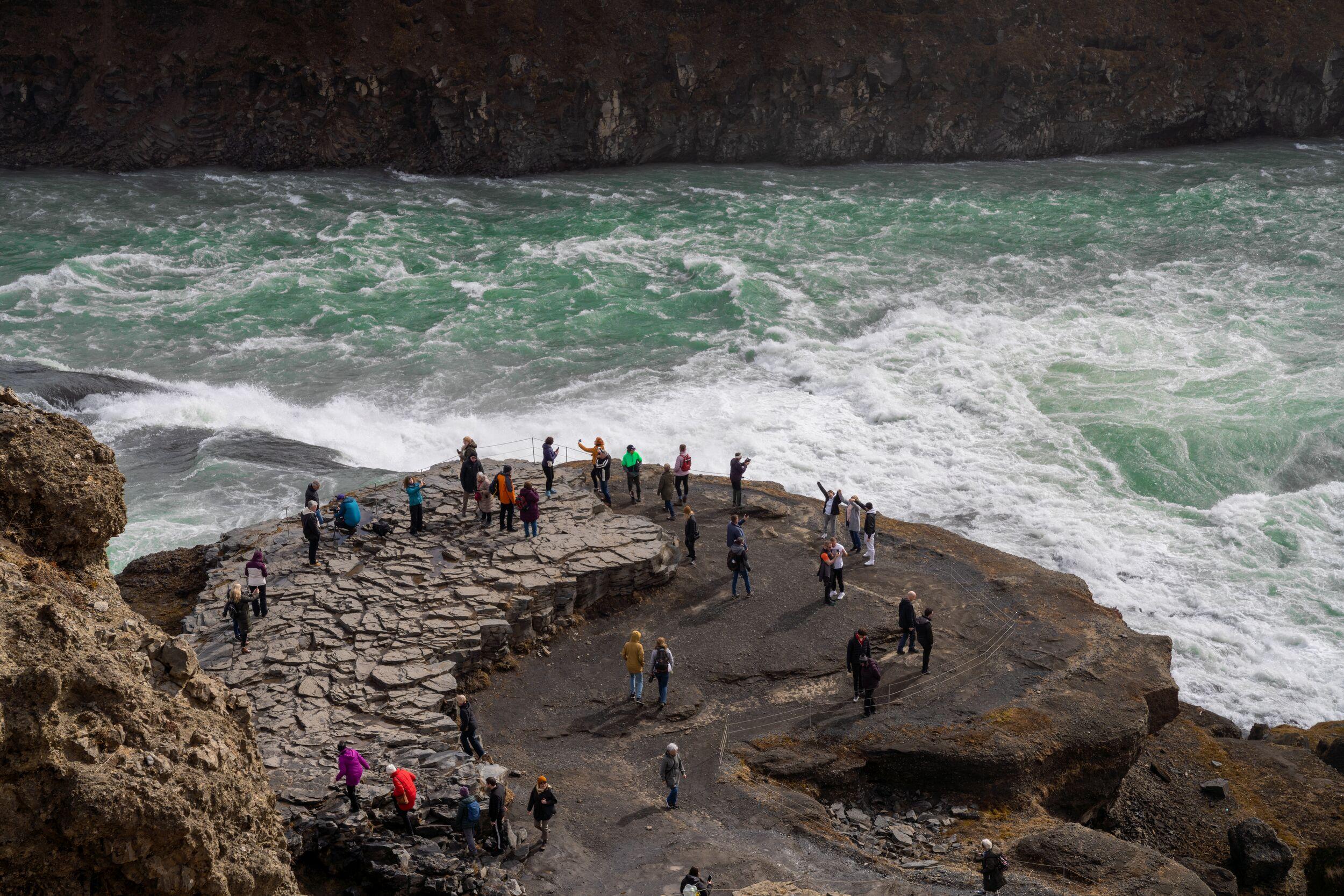
The trail leading right up the waterfall is open from May to November.
Amidst the autumn glow, the beauty of Gullfoss transforms into a golden spectacle, captivating the soul with its fleeting splendor
Nearby attractions on the Golden Circle
Visitors to Gullfoss often combine their trip with a stop at the Geysir geothermal area. Here, you can see steam rise from the ground and watch as Strokkur, the largest geyser in Iceland, erupts high into the air every few minutes.
Thingvellir National Park, one of the places where you can see the rift between the North American and Eurasian tectonic plates, is also a popular add-on and part of every Golden Circle Tour.
Stroll through the narrow Almannagjá Gorge to see the site of the Althing, where Iceland’s early lawmakers once met. Other attractions that are easily combined with Gullfoss include Kerið, a colourful volcanic crater.
Questions and Answers about Gullfoss
You’ll find Gullfoss waterfall along the well-travelled route of the Golden Circle, within Iceland’s southern uplands. It is in the river Hvítá which passes through the Haukadalur Valley and is a short drive (around ten minutes) from Geysir Geothermal Area – usually the next stop on the Golden Circle itinerary.
A variety of tours include Gullfoss as part of a Golden Circle circuit. These range from express tours that tour the region in around six hours, to longer excursions that also incorporate other activities or destinations. Alternatively, it is possible to rent a car and drive yourself. The journey time from downtown Reykjavik to Gullfoss is typically between 1 hour 40 minutes and 2 hours.
It is around 88 kilometres (54 miles) from Reykjavík to Gullfoss waterfall and the drive takes approximately three hours. Most people don’t go straight to Gullfoss and stop at Þingvellir National Park on the way to walk through the chasm in the land where the Eurasian and North American tectonic plates meet.
Gullfoss is probably Iceland’s most famous waterfall and is certainly the most visited. This is partly due to its convenient location along the Golden Circle, but also because when the sunlight hits the water it seems to glow golden – an image that attracts photographers from far and wide. The two-tiered falls thunder over the rocks, plunging into a ravine in the landscape so, unlike most of Iceland’s waterfalls, you won’t be able to spot the falls until you are a short distance away.
Around 5,000 years ago, water from Langjokull glacier flooded into the Haukadalur Valley and created the Hvita river (translating as “white” river). The flow of water eroded away the rock and Gullfoss waterfall slowly came into being over the millennia.
The amount of time you need at Gullfoss depends a lot on what you plan to do. It’s possible to make a quick half-hour pitstop to admire the falls and take a few photos. However, on a fine day you may wish to sit beside the waterfall and drink in the view for a bit longer before enjoying a coffee or something to eat at the Gullfoss café.
If you’re just walking to the main observation point of Gullfoss from the carkpark, it’s only a few minutes walk along a trail. Most visitors simply make this short walk, admire the falls, and hit the road again. But there are also 2.1 kilometres of trails that meander past various observation points along the river.
When the weather is calm and the road conditions are good, it is easy to drive to Gullfoss yourself from Reykjavík. Weather in Iceland can be unpredictable so you should always check the SafeTravel app before you set off which keeps you up to date with road closures and conditions.
From Reykjavík, you’ll need to follow the Route One ring road for around 54 kilometres and turn onto road 35 to reach the carpark and visitor centre of Gullfoss. Take the hassle out of navigating to Gullfoss, especially in winter when road conditions can be challenging, and consider joining a Golden Circle day tour from Reykjavík. On an organised tour, a local guide and driver will take you safely to Gullfoss and let you in on a little insight into Icelandic culture along the way. There are lots of Golden Circle tours on offer and some include extras like stops at geothermal spa lagoons, lava tunnels and glaciers.
Generally, people stay between 30-45 minutes at Gullfoss waterfall. An hour or more allows enough time to bask in the beauty of the falls and perhaps take a short comfort break at the visitor centre. In two hours, you can follow the 2.1 kilometres of hiking trails between the various Gullfoss waterfall lookout points to admire every facet of this natural wonder.
Gullfoss is a public space so there is no fee to visit and parking is free. There is a visitor centre where you’ll find a café and outdoor and souvenir shop, so you might want to bring spending money to fuel up on food, enjoy a cup of coffee or pick up some keepsakes.
Like most sights in Iceland, layers are essential when visiting Gullfoss waterfall. No matter the time of year, Iceland’s weather can be unpredictable. It might be beautiful sunshine in Reykjavík in the morning, and then be raining, blowing a gale or even snowing by the time you reach Gullfoss in the afternoon.
In summer, dressing in a sports T-shirt, long-sleeve jumper and waterproof jacket is a good way to account for all kinds of weather. Hiking boots, especially waterproof boots, are a good idea throughout the year and in winter, you’ll want to add a woolly hat, gloves and scarf to protect you from the cold.
There is a debate over whether the best time to see Gullfoss is in summer or winter. In summer, the long hours of sunlight illuminate the water creating its famous golden hue, and rainbows form in the mist. While in winter, you can see the shimmering icicles hanging as if suspended around the cascade. But there’s a case to be made for visiting Gullfoss in the early autumn months – the time of the dynamic light and long shadows. At this time of year, the sights of the Golden Circle like Gullfoss are less crowded and appear to be bathed in an ethereal golden light.
Although the waterfall never freezes entirely, in winter Gullfoss is largely frozen. Some water still moves and trickles over the rocks, but you’ll see jagged icicles and sheets of ice surrounding the cascade, which is a sight to behold.
As the waterfall is a public space, it is open all day, every day. The visitor centre and café is open from 9am until 8pm daily, but you can still visit the falls outside of these hours. While the waterfall is open year-round, in adverse weather some observation points become inaccessible when the path is too slippery.
Cascading over the rocks and into a deep ravine, Gullfoss waterfall is around 105 feet (32 metres) high. This is actually the combined height of the two falls that make up Gullfoss. The first, small falls tumble over 36 feet (11 metres) and the larger falls that most people flock to see drop around 69 feet (21 metres).
Gullfoss waterfall is one of the three highlights of the Golden Circle and is usually visited in the middle of the route. The other major sights of the Golden Circle are Þingvellir National Park where the continental plates meet, and the Geysir area of geothermal activity where hot springs bubble and geysers erupt into the sky.
How wet you will get depends on how close you are to the waterfall and in what direction the wind is blowing. Potentially you could get a soaking, though it’s also possible to stand a little further back if you prefer to stay dry.
Yes! As with all well-known visitor attractions, there are some that argue you should seek out somewhere a little further off the beaten track. However, the volume of water that tumbles over this double waterfall is an impressive sight and one that you won’t want to miss.
Gullfoss is a year-round destination so in some respects there’s no best – or worst – time to visit. However at Gullfoss, weather may influence your decision about when to come; it’s remarkable in the sunshine and also after a snowfall.
You may wish to pull on a waterproof outer layer with a hood or a waterproof hat to avoid getting wet from the spray. Other than that, wear shoes with a good grip so that you can walk around comfortably and safely.
Related Articles
See all articlesRecommended tours
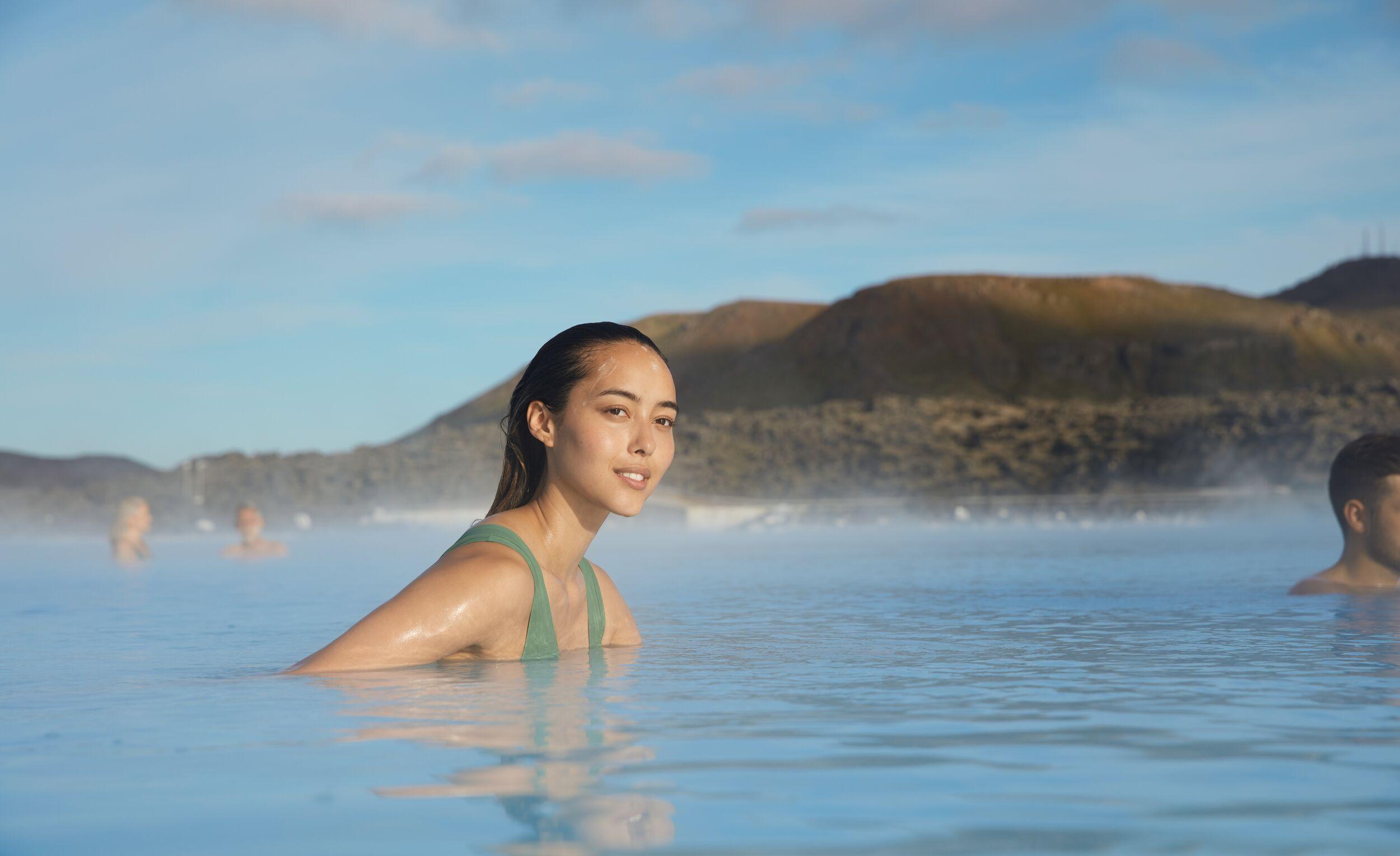
Golden Circle & Blue Lagoon
Experience the best of Iceland with this package of two of the island’s most popular tours in one day! The Golden Circle encompasses the must-see sights of Þingvellir National Park, the golden Gullfoss waterfall, and the bubbling geothermal region of Geysir. After touring the landmarks, soak in the milky blue healing water of the Blue Lagoon.

Golden Circle Direct
Want to see the sites of the Golden Circle but have a limited amount of time? Consider this express Golden Circle tour! Experience the landmarks of the classic Golden Circle in South Iceland on this unforgettable day tour. The Golden Circle encompasses the must-see sights of Þingvellir National Park, the golden Gullfoss waterfall, and the bubbling geothermal region of Geysir.
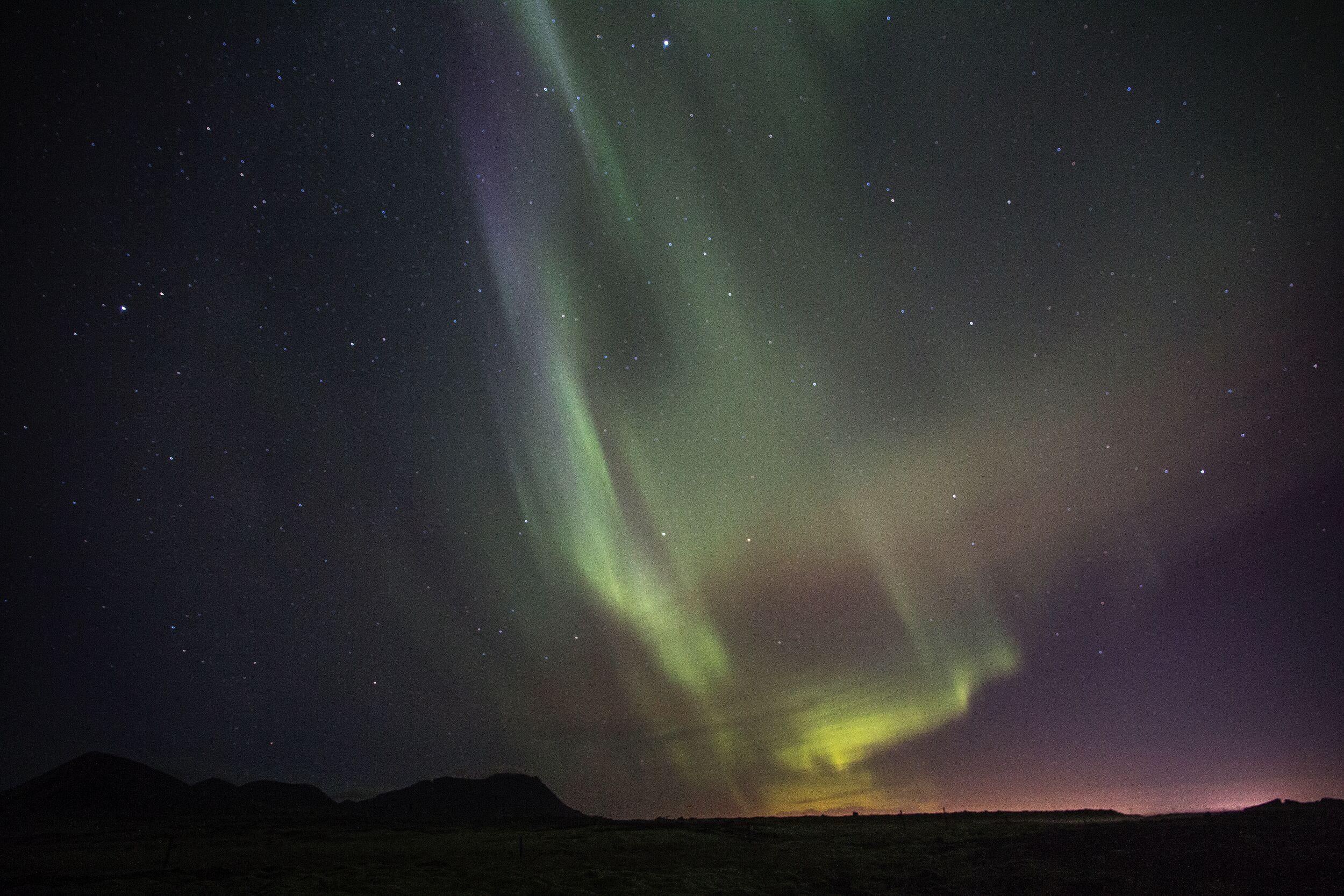
The Golden Circle & Northern Lights - Combo Deal
Want to see the sites of the Golden Circle and hunt for the northern lights but have a limited amount of time? Consider this express Golden Circle/Northern Lights tour! Experience the landmarks of the classic Golden Circle in South Iceland on this unforgettable day tour. The Golden Circle encompasses the must-see sights of Thingvellir National Park, the golden Gullfoss waterfall, and the bubbling geothermal region of Geysir. After your return to Reykjavík, a guide will lead you on a search for the elusive northern lights!
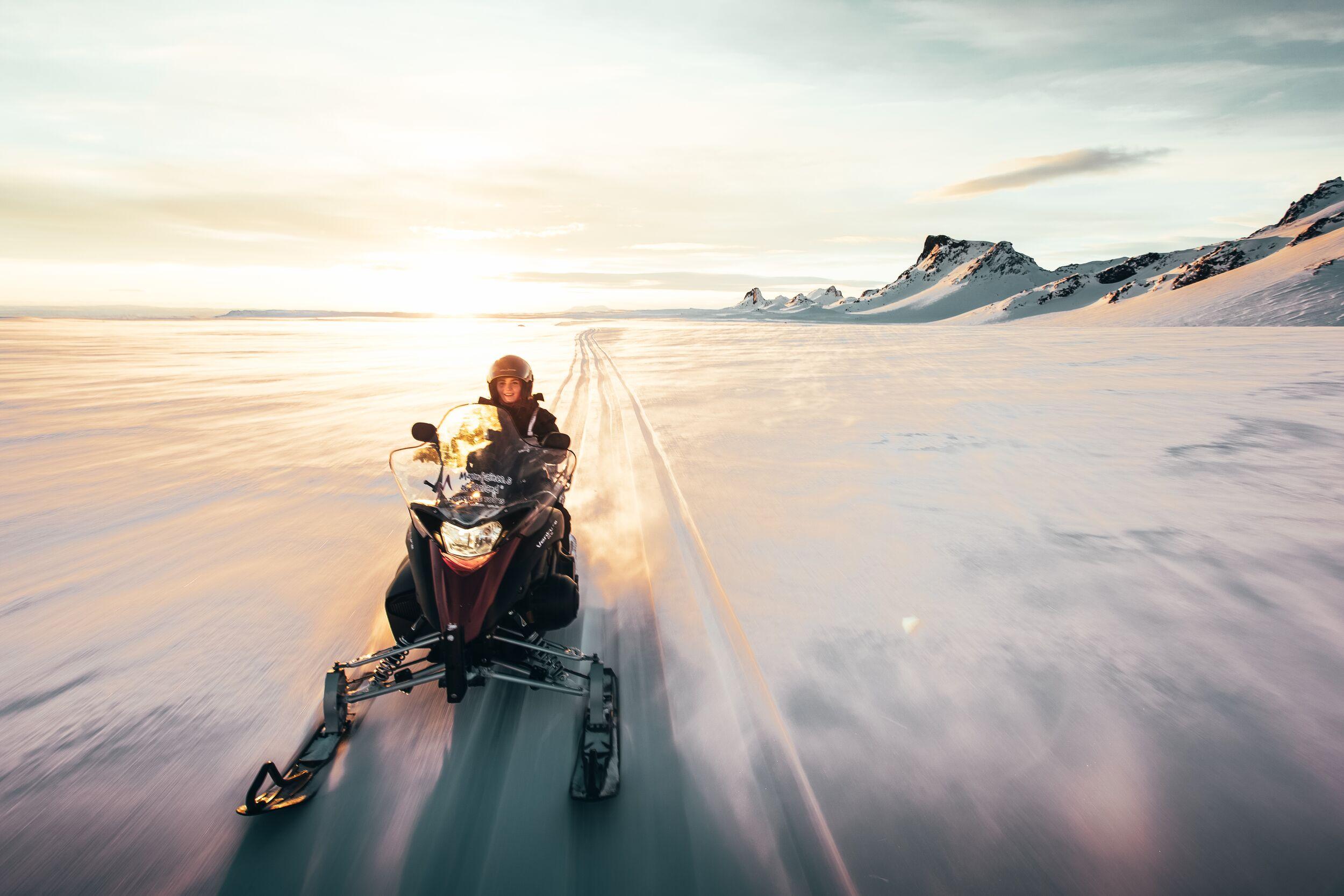
Golden Circle & Glacier Snowmobiling
Experience the landmarks of the classic Golden Circle in South Iceland with an exciting snowmobile ride on this unforgettable day tour. The Golden Circle encompasses the must-see sights of Þingvellir National Park, the golden Gullfoss waterfall, and the bubbling geothermal region of Geysir. Cap off your sightseeing adventure with a thrilling snowmobile ride on Langjökull glacier!

The Golden Circle & Friðheimar Greenhouse
This best-selling tour of Iceland’s most famous landmarks includes a visit to Friðheimar Greenhouse. The Golden Circle encompasses the must-see sights of Þingvellir National Park, the golden Gullfoss waterfall, and the bubbling geothermal region of Geysir. Experience the classic Golden Circle landmarks with a sustainable twist, a stop at Friðheimar!

Golden Circle & Sky Lagoon
Plan for a fantastic day of seeing the classic Golden Circle landmarks capped off with a visit to the dreamy Sky Lagoon! The Golden Circle encompasses the must-see sights of Þingvellir National Park, the golden Gullfoss waterfall, and the bubbling geothermal region of Geysir. After touring the sights, relax at Reykjavík’s newest luxury bathing experience, the Sky Lagoon.


